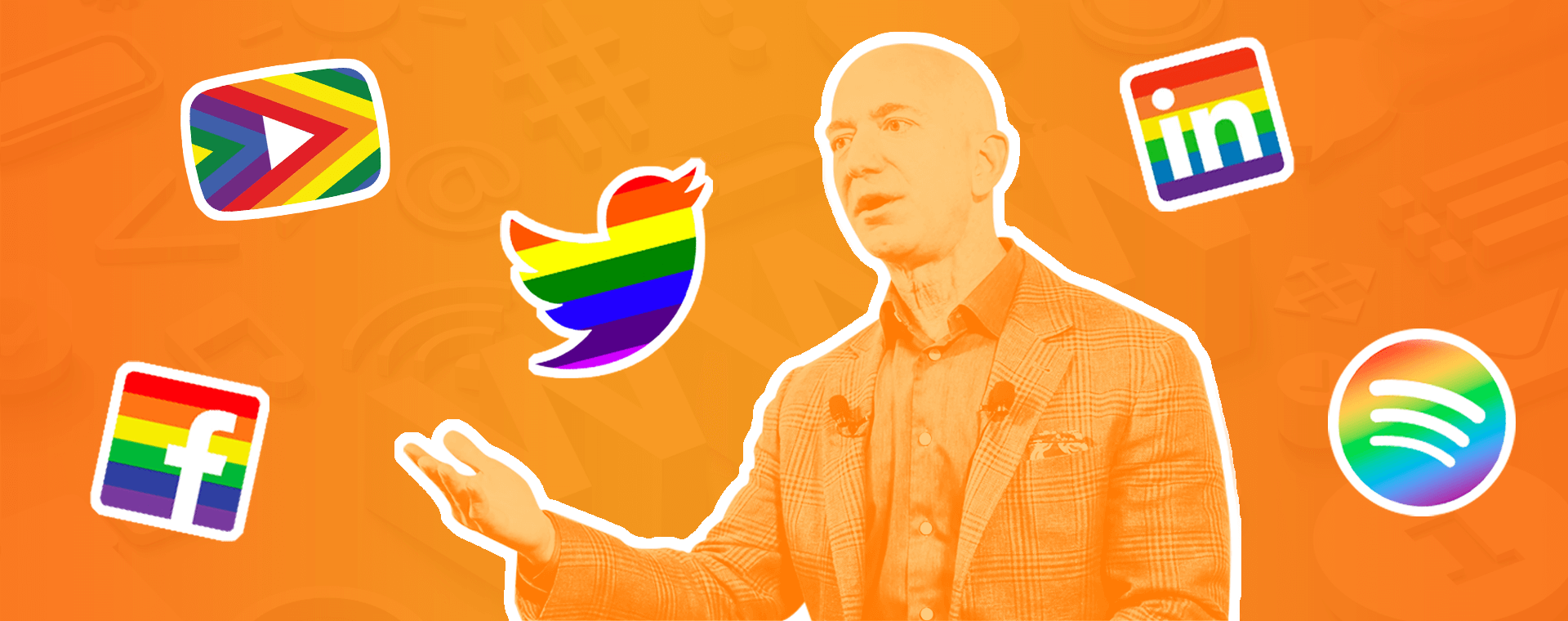Download on Digital: AdWorld 2021 and the problem with marketing data
By: Kyle Weber
November 22, 2021 | Reading Time: 2 mins
Welcome to the Download on Digital, where we cover the latest in digital marketing news, trends, and more. This month, we’re talking about some takeaways from AdWorld 2021 and issues both marketers and consumers continue to have with data.
Consumers aren’t the only ones with a data problem
It’s no secret that consumers have gotten more and more conscious of data privacy over the last few years. Rightfully so, a good portion of them don’t trust big brands with their data.
Oddly enough, recent studies suggest many of those big brands might have similar trust issues.
According to data analytics platform, Adverity, a third of marketers don’t actually trust the consumer data they’re working with, while 41% of data analysts feel the same way. When surveying members in leadership positions, that number actually goes up to 51%.
How is that even possible?
According to Adverity, the distrust stems from not only murky ROI calculations but the breakneck speed of modern marketing, with some businesses choosing to work from random bits of real-time data rather than waiting around for a monthly report with more substantiated and reliable figures. That’s to say they’d rather react to a little bit of data right now than a lot of data next week, despite knowing that real-time data may not be indicative of the big picture.
Obviously, another part of this is the shady third parties supplying some of that data. That’s why 65% of marketers will be focusing on audience building in 2022, so they can create systems to generate first-party data.
But that sounds like a lot of work and unfortunately…
Data and digital tools have made digital marketers lazy
At least, that’s what I got from Ryan Deiss, founder and CEO of the Scalable Company. During his AdWorld seminar, Deiss talked about how it’s become so easy for marketers to find their audience, they’ve stopped investing in the things that actually fuel consumer action—like good copywriting.
It’s kind of like dating. Before all the apps, you had to put yourself out there to meet people and give it your all. Now, dates are disposable. You can just swipe through a hundred people on Tinder knowing there’s another hundred lined up on Bumble.
When it comes to marketing, ad copy shouldn’t read like a “U up?” text at 1 in the morning. Instead of looking for the next data source, marketers should get back to basics and work on the fundamentals that’ll move the needle no matter what happens to cookies, legislation, or our digital tools.
Seth Godin made a similar point during his talk. He expressed that marketers should do things with people, not at them. He pointed out that targeting is a hunting term, and that in itself is a damaging way for marketers to view their audience. We’re not hunting the consumer—we’re trying to present them with something that’ll benefit them.
Instead of looking for the next marketing tool, we should look to improve our products and services. We don’t need data to tell us these are the things that keep customers coming back. We don’t need to better understand our data. We need to better understand our customers so we can give them what they need.








